卡塔尔大学工程学院教授Saud Abdul-Ghani博士,自2009年卡塔尔宣布将承办2022年世界杯以来,就一直致力于冷却系统的开发。
他在2017年的哈利法国际体育场重建项目中负责冷却系统的安装。本期,他将通过问答的方式解释了该技术将如何在沃克拉市的贾努布体育场发挥作用,该体育场曾在2019年5月16日举办了阿米尔杯决赛。
除了解释这项技术在过去两年中的发展情况外,Saud博士还讨论了该技术对当地人口的潜在健康益处。
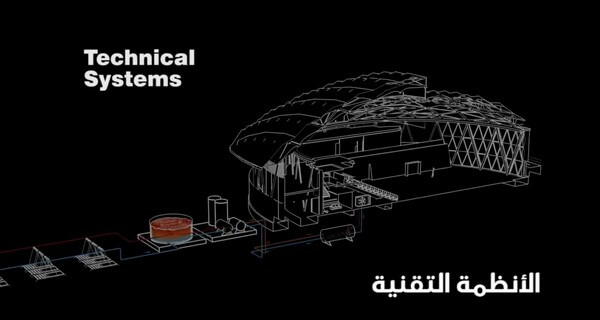
问:冷却技术将如何在沃克拉市的贾努布体育场发挥作用?
答:我们利用体育场的结构来抵御热风的渗透。这意味着体育场是一个屏障,内部基本上是一个冷泡泡。该技术由太阳能提供动力,通过在必要时形成冷泡泡,且尽可能长地延长观众和球员的舒适度。
问:沃克拉市的贾努布体育场的冷却技术与哈利法国际体育场有何不同?
答:每个体育场都有自己独特的个性、形式和结构。哈利法国际体育场是一座成熟的带有田径跑道的体育场。而这个体育场的这个大眼需要一些非常规化的处理。
由于哈利法是一个公认的现有体育场,因此我们无法实施我们想要的所有技术,因为我们受限于既有的混凝土结构,并且我们缺乏更多的自由空间。例如我们无法提供座位下的冷却,但我们使用了小喷嘴,这些喷嘴同样可以提供让大家舒适享受赛事的冷空气。
而在沃克拉市贾努布体育场内,我们使用了空气循环技术,这意味着我们将一些已经冷却的空气抽回,重新冷却,然后将其推回给观众和球员。
在哈利法体育场我们推送的是外面新鲜的空气,这就是贾努布体育场技术比哈利法体育场高效得多的原因。此外我们还开发了一种新的座椅下扩散器系列,以便以温和的方式将空气输送到风扇。
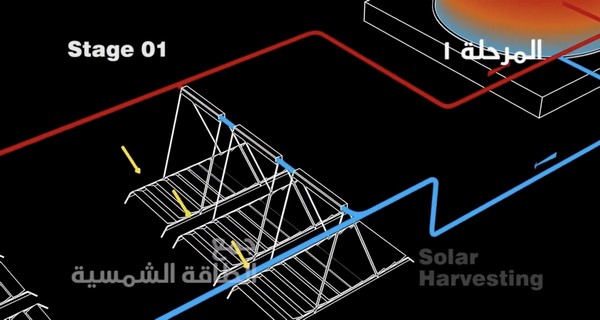
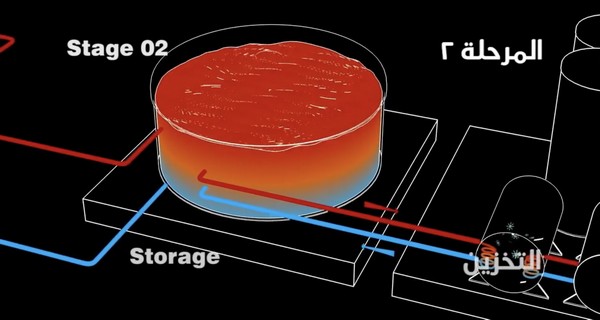
问:2019年5月16日,当人们第一次在贾努布体育场体验到这种制冷技术时,您当时感到非常自豪吧?
答:我们最近做了一次测试,结果让我高兴得都哭了。我们为完成这个项目付出了巨大的努力,我依然记得当体育场还只是一个由塑料制成的小型模型时。在卡塔尔大学我们夜以继日地在风洞中测试,在实验室中工作,试图优化屋顶的开口和体育场的高度。现在我们终于实现了这一技术,很高兴看到它不再只是纸上谈兵——它是团队努力的结果。
问:关于卡塔尔2022世界杯的其他场馆的情况是怎么样的?
对于其他体育场,我们有幸从第一天起就参与了设计。在每个项目中我们都学习和开发了相关技术。
我希望人民能享受我们的工作成果并了解到它的好处。它是我们团队付出巨大努力的成果——不仅是在工程技术方面,还有很多同事参与交付,这是一个集体的努力。我们在卡塔尔大学的冷却技术研究小组得到了SC和Aspire Zone基金会的支持,它们都是强有力的支持。
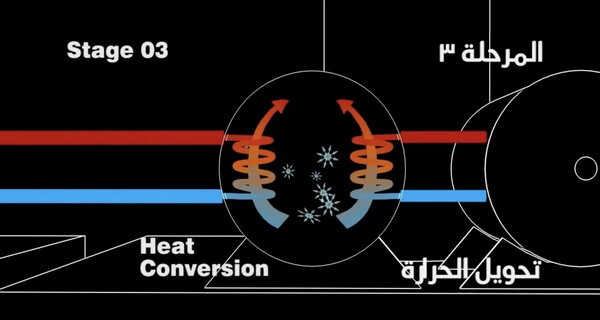
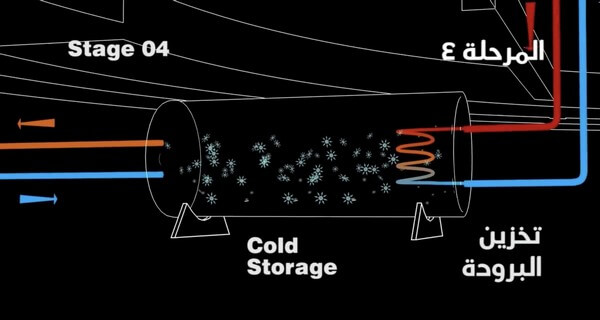
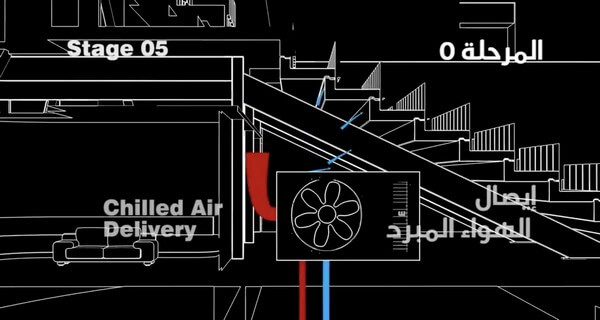
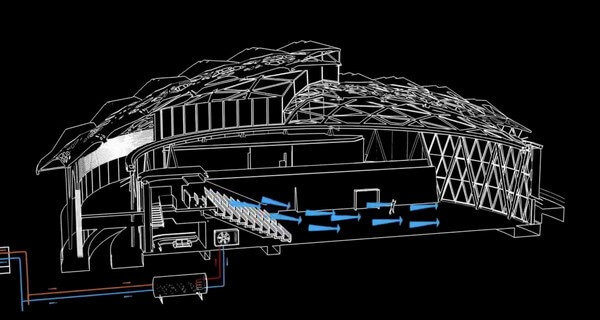
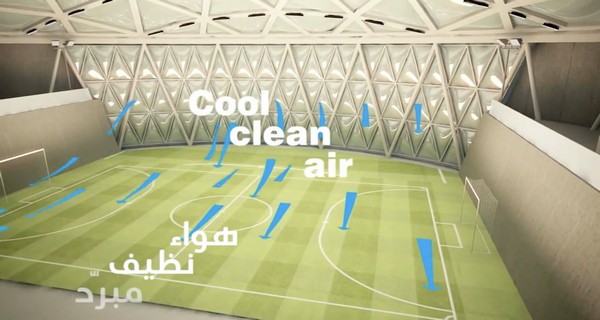
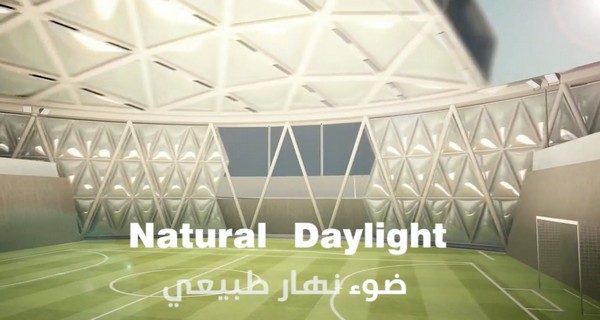
问:在卡塔尔,这项技术未来将会应用到什么场景?
答:积极参与体育和户外活动是推动国家人民健康水平发展的最重要工具之一。如果你去卡塔拉,你会发现新广场的步行道100%是带制冷的。我们开始在全国范围内以科学的方式新建凉爽的人行道,它将会是环保开发,不会对电力或供水网络造成任何压力。这将非常有助于鼓励人们在夏季外出散步,并充分利用卡塔尔地铁网络和附近邻里的集市。我同时希望它能促进民生健康,帮助我国减少在糖尿病和高血压等医疗保健方面的支出。(张萃 译)
本文稿图片和数据均由扎哈·哈迪德事务所提供。
Dr Saud Abdul-Ghani, Professor at the College of Engineering at Qatar University, has been involved in developing cooling technology for the FIFA World Cup Qatar 2022™ since the country announced its bid for the tournament in 2009.
Dr Saud led the installment of cooling technology at the redeveloped Khalifa International Stadium, which was inaugurated in 2017. Here, he explains how the technology will work at Al Wakrah Stadium, which will be inaugurated when it hosts the Amir Cup final on 16 May.
As well as explaining how the technology has developed over the past two years, Dr Saud discusses the potential health benefits for the local population.
Q: How will the cooling technology work in Al Wakrah Stadium?
A: We use the platform of the stadium to defend it against the infiltration of warm wind. This means the stadium is a barrier that is basically containing a cold bubble inside. Powered by solar harvesting, the technology works by maintaining the cold bubble for as long as necessary in order for people to watch the game, and so the players are comfortable.
Q: How does the cooling technology at Al Wakrah Stadium differ from Khalifa International Stadium?
A: Every stadium has its own unique personality, form and structure. Khalifa International Stadium is a mature stadium with an athletics track. Inherently, the stadium has a big oculus and this challenge demanded unconventional treatment.
As Khalifa is a well-established, existing stadium we couldn’t implement all the technology we wanted as we were bound by existing concrete structures and a lack of free space. We couldn’t, for example, provide under-seat cooling but we used small nozzles which deliver the exact amount of cold air required for people to enjoy the game comfortably.
At Al Wakrah Stadium, we are using an air circulation technique, which means we draw back some of the air that has been cooled already, re-cool it and then push it back to the supporters and players.
At Khalifa we were taking fresh air and pushing it to people. This is the reason the technology at Al Wakrah is much more efficient than at Khalifa. Moreover, a new line of under-seat diffusers has been developed in order to deliver the air to fans in a gentle manner.
Q: How proud will you feel on 16 May when people experience the cooling technology at Al Wakrah Stadium for the first time?
A: We had a trial recently and – I shouldn’t say this – but I was so happy that I cried. We’ve worked so hard to deliver this project and I remember when the stadium was simply a small model made out of plastic. At Qatar University, we’ve spent hours and hours in the wind tunnel, hours and hours in the lab trying to optimise the opening of the roof and the height of the stadium. But now we’re delivering the cooling and it’s good to see it’s not only on paper anymore – it’s the realisation of a team effort.
Q: What about the other Qatar 2022 stadiums?
A: For the other stadiums we have had the privilege of being involved in the design since day one. During every project we learn and develop the technology. I hope the country is enjoying our work and sees the benefits of it. This is a huge team effort – it’s not just engineering, we have so many people involved in the delivery, it’s a collective effort. Our cooling technology research group at Qatar University is supported by the SC and Aspire Zone Foundation, and we have strong collaboration.
Q: What’s the potential for this technology across Qatar?
A: Active participation in sports and outdoor activities is one of the most important tools to produce healthy generations capable of pushing the pace of development in the country. If you go to Katara, you’ll notice the walkway in the new plaza is 100% cooled. We’re starting to develop cool walkways across the country, in a scientific way that will be environmentally-friendly and will not put any pressure on the electricity or water networks. This will be great for encouraging people to get out and walk during the summer and take full advantage of Qatar Rail and the neighborhood markets. I hope this will boost the health of the population and help the country spend less on healthcare, such as diabetes and hypertension.



